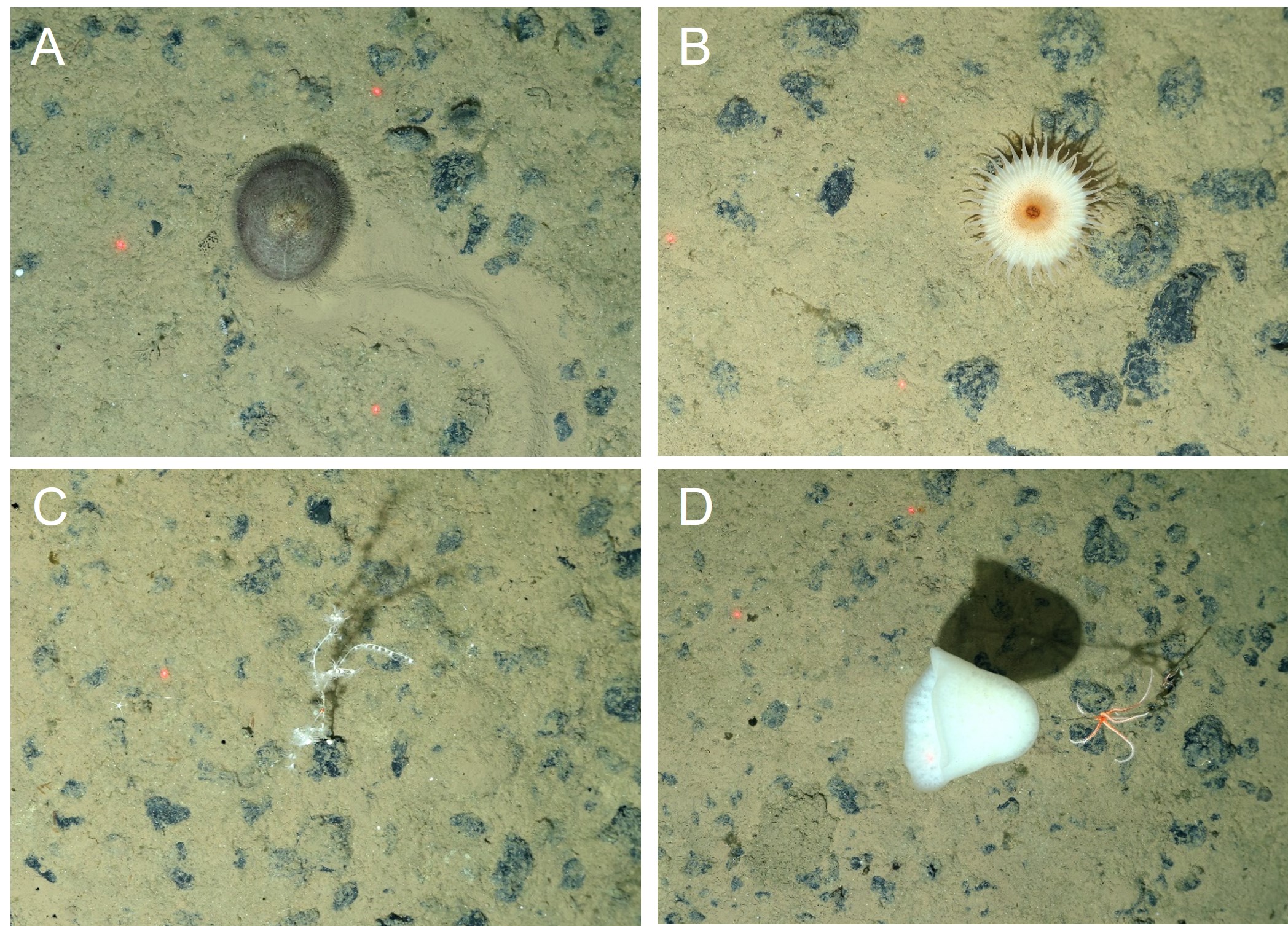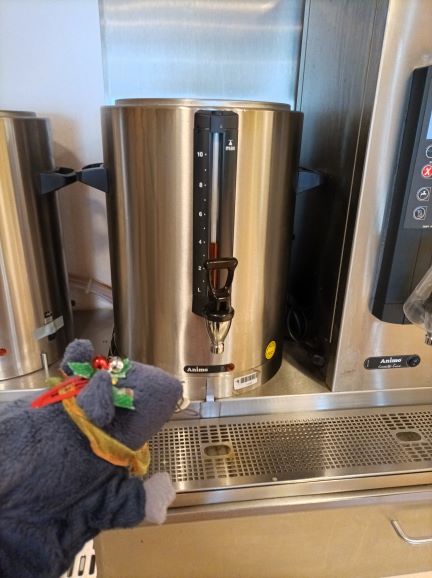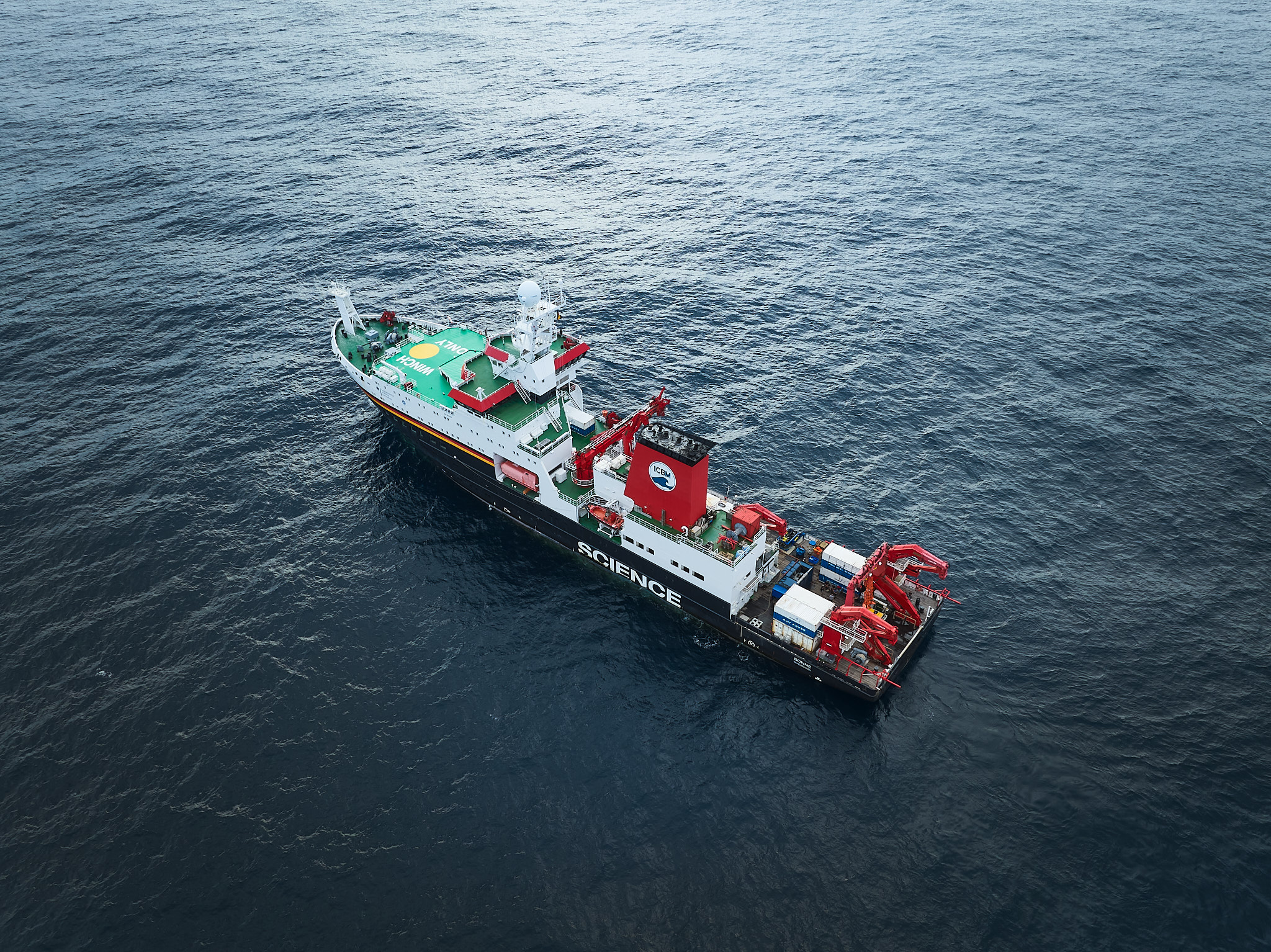Deutsche Version siehe unten Lilian Boehringer, Alfred-Wegener-Institute Helmholtz Centre for Polar and Marine Research in Bremerhaven, Germany The deep sea is generally considered that part of the ocean where little to no light penetrates the water column, approximately below 200 m depth. The average water temperature in the deep sea is about 4°C and continuously […]
Numbers of the journey – a little riddle (part 1)
Deutsche Version siehe unten Mirja Bardenhagen, Marine Resource Exploration – Federal Institute of Geoscience and Natural Resources in Hannover, Germany Hello, my name is Wilma Caffeine and I am accompanying Mirja Bardenhagen on this expedition as a lab rat. As a good rat should, I’m scurrying around in all the nooks and crannies. Thereby I […]
How the middle of nowhere can feel familiar and how high-tech helps us to study oxygen in deep-sea sediments / Wie sich das Mitten-im-Nirgendwo bekannt anfühlen kann und wie uns High-Tech dabei hilft Sauerstoff in Tiefsee-Sedimenten zu untersuchen
Deutsche Version siehe unten Duygu S. Sevilgen, HGF-MPG bridge group for Deep Sea Ecology and Technology at the Max Planck Institute in Bremen and the Alfred Wegener Institute in Bremerhaven, Germany Wednesday 16 Nov 2022, research vessel SONNE, just after cake-o’clock (every day at 15:00h, today: strawberry cake): wind-speed 10-11m/s, wave-height 1.8m, grey sky, light […]
Labrador Sea Weather Forecasts – Meet our Meteorologist and Weather Technician aboard the RV Meteor
By Anne-Sophie Fortin Every day aboard starts with looking up the weather forecast from our favourite meteorologist aboard: Julia Wenzel. Her forecasts are central to the planning of our day-to-day operations on the ship. While on land we may be more interested in whether a day will be sunny or rainy, here at sea we […]
Station K1 – Mooring Deployment
This week, we recovered, serviced, and redeployed the last mooring of our cruise, the K1 mooring. This mooring measured continuously temperature and salinity in the central Labrador Sea since the early 1990s. More recently, oxygen sensors have been added to the uppermost part of the mooring. Measuring oxygen in the central Labrador Sea is quite […]
Best Pictures of the Week (3/5)
Koordinaten: 56.5585, -52.65
Underway CTD
By Anne-Sophie Fortin As we transit at full speed (10 knots) in the Labrador Sea, we used the underway CTD (uCTD) to investigate the vertical structure of potential eddies identified from satellite imagery. The uCTD is a good compromise between research time, efforts, and the dataset we get from it. Indeed, the ability to get […]
Eddy Survey
By Anne-Sophie Fortin August 24-26, 2022 If the marine life would have weather forecasts, they would have eddies maps. Eddies are circular currents of tens to hundreds of kilometers in diameter and a lifetime of about a month. They can be seen on satellite imagery as minimums and maximums of sea surface heights and sea […]
Argo Float Recovery Near Greenland
By Anne-Sophie Fortin Over the past 20 years, Argo floats have caused a small revolution in the field of observational oceanography as they provide near real-time measurements of the ocean subsurface, which have greatly improved our weather forecast and ocean analysis. Currently, there are ~4,000 floats sampling the oceans year-round. These floats are autonomous underwater […]
BEST PICTURES OF THE WEEK (2/5)
Koordinaten: 58.615285, -49.724121


